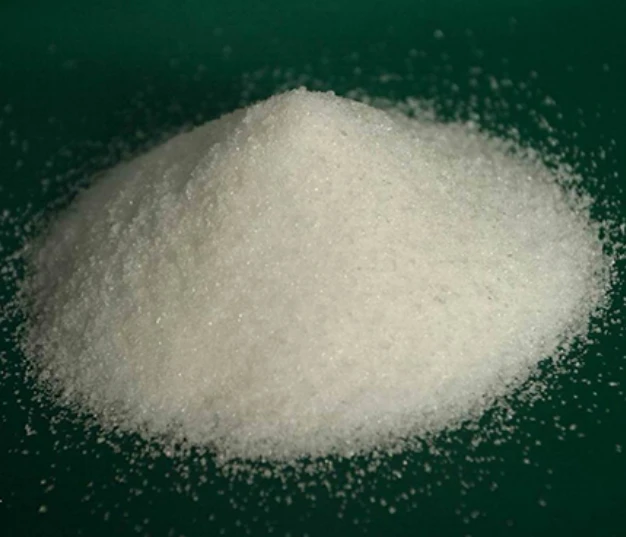Polyaluminum Chloride Applications in Effective Water Treatment Processes and Techniques
Polyaluminum Chloride in Water Treatment An Overview
Water treatment is a critical process in ensuring that the water we consume and utilize is safe and free of contaminants. One of the widely used chemical agents in water treatment is Polyaluminum Chloride (PAC). This coagulant has gained popularity due to its effective performance in removing turbidity, organic matter, and other pollutants from water sources. In this article, we will explore the properties, applications, and advantages of Polyaluminum Chloride in water treatment processes.
What is Polyaluminum Chloride?
Polyaluminum Chloride is an inorganic polymer that is manufactured by the reaction of aluminum hydroxide with hydrochloric acid. It is a complex of aluminum with a high molecular weight, resulting in a gelatinous substance that has a high positive charge. This charge plays a crucial role in the coagulation process, as it attracts negatively charged particles, including silt, clay, and organic matter, leading to the formation of larger aggregates that can be easily removed from the water.
Properties of Polyaluminum Chloride
PAC possesses several key properties that make it an effective coagulant in water treatment
1. High Solubility PAC dissolves quickly in water, which allows for immediate availability and rapid action in treatment processes.
2. pH Range It can operate efficiently within a broad pH range (approximately 4.5 to 8.5), making it suitable for different water types.
3. Versatility PAC can be used in various treatment applications, including drinking water, wastewater, and industrial process water treatment.
4. Low Residual Aluminum Compared to traditional aluminum sulfate coagulants, PAC produces lower residual aluminum concentrations in treated water, which is a significant advantage for drinking water treatment.
Applications in Water Treatment
Polyaluminum Chloride is utilized in various applications within the water treatment sector
polyaluminum chloride water treatment

1. Drinking Water Treatment PAC is often used as an alternative to aluminum sulfate in the production of potable water. Its effectiveness in removing color, taste, odor, and particulate matter makes it suitable for municipal water plants.
2. Wastewater Treatment In the treatment of sewage and industrial effluents, PAC aids in the removal of suspended solids, phosphates, and heavy metals, thereby enhancing overall effluent quality.
3. Industrial Applications Many industries, including paper and pulp, textiles, and food processing, use PAC to treat process water and control wastewater discharge.
Advantages of Using Polyaluminum Chloride
The advantages of using Polyaluminum Chloride in water treatment processes are numerous
1. Enhanced Coagulation PAC's effective coagulation properties lead to improved sedimentation and filtration, resulting in cleaner water.
2. Reduced Sludge Volume The use of PAC often results in a lower volume of sludge compared to traditional coagulants, which can minimize disposal costs and environmental impact.
3. Cost-Effectiveness Although the initial cost may be higher than that of traditional coagulants, the overall economic benefits through reduced sludge disposal and enhanced efficiency can lead to significant savings in the long term.
4. Lower Toxicity PAC presents lower toxicity compared to some other coagulants, making it a safer option for both operators and the environment.
5. Compatibility with Other Chemicals PAC can be effectively used in conjunction with other treatment chemicals, enhancing its performance across various treatment scenarios.
Conclusion
Polyaluminum Chloride is an effective and versatile coagulant that plays a vital role in modern water treatment processes. Its superior properties, coupled with numerous advantages over traditional coagulants, make it an ideal choice for municipalities and industries seeking to improve water quality while minimizing environmental impacts. As the demand for clean water continues to increase, the use of PAC is expected to grow, contributing significantly to the sustainability and efficiency of water treatment practices worldwide. Through continued research and development, the applications and benefits of Polyaluminum Chloride may expand even further, supporting global efforts for cleaner and safer water resources.
-
2-Phosphonobutane-1,2,4-Tricarboxylic Acid: Scale & CorrosionNewsAug.29,2025
-
Premium Isothiazolinones | Broad-Spectrum Biocidal SolutionsNewsAug.28,2025
-
LK-319 Special Scale And Corrosion Inhibitor For Steel Plants: Advanced Solutions for Industrial Water SystemsNewsAug.22,2025
-
Flocculant Water Treatment: Essential Chemical Solutions for Purification ProcessesNewsAug.22,2025
-
Isothiazolinones: Versatile Microbial Control Agents for Industrial and Consumer ApplicationsNewsAug.22,2025
-
Scale Inhibitor: Key Solutions for Water System Scale PreventionNewsAug.22,2025





